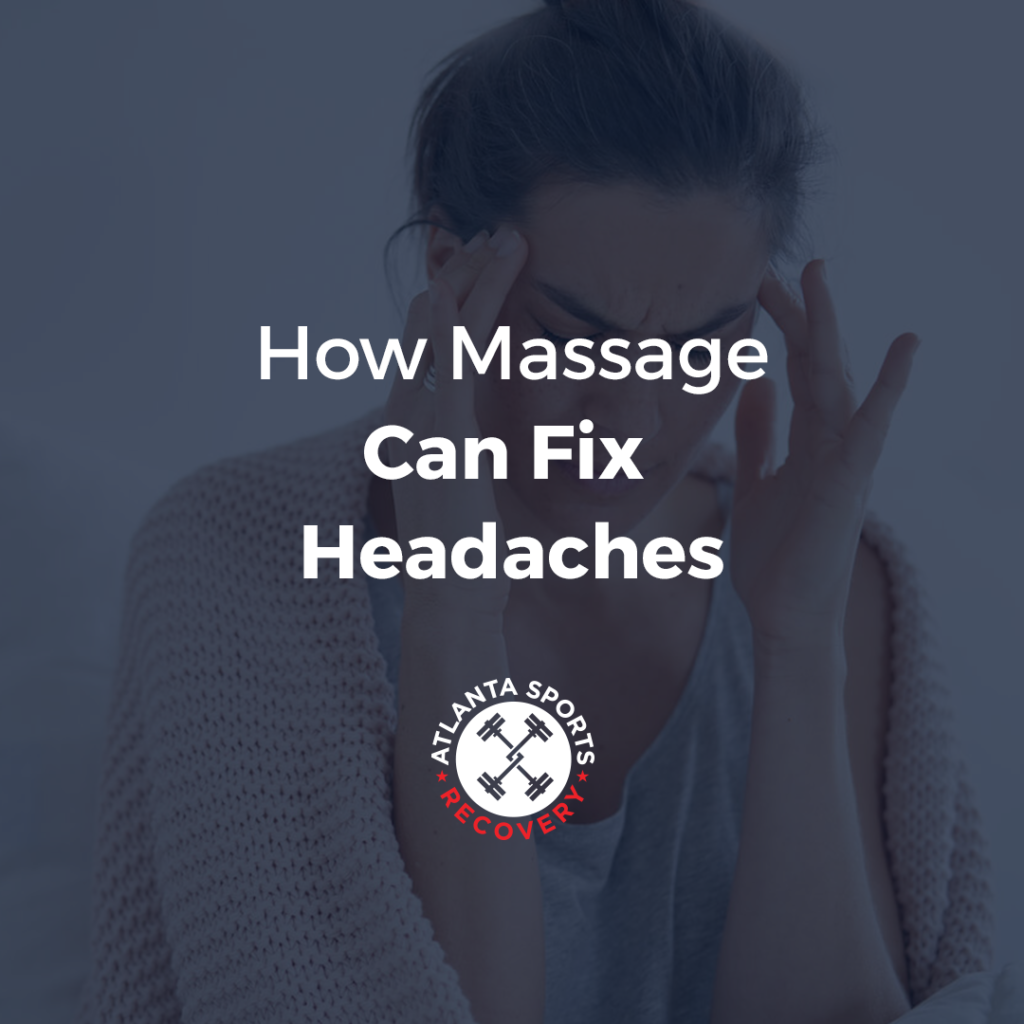
Almost all of the research on running (and even lifting, for that matter) concludes that 80% of your marathon/triathlon training should be at low intensity, with the remaining 20% at moderate to high intensity.
Training this way aims to build a MONSTER of aerobic capacity without overloading the joints, tendons, and ligaments.
What is the number one reason marathon runners get injured? Usually, the story starts with something like, “I can’t stay in zone 2, so I just run how I feel,” and then turns into them telling us they do 30-40 miles a week in zone 3 or above, which is way too much at a way too high of an intensity for the volume. Instead of 80/20, it’s 40% high intensity and 60% moderate.
The next question is, “How can I continue training for my race while I am injured?” so this week, we wanted to share our five tips for continuing race training through a running-related injury.
NOTE: If you have a bone stress injury, the only rule that applies is number 2
1. Now You Have To Do More Low-Intensity Work
Want to train through an injury? It’s possible, but the first thing that has to happen is that 80% low-intensity work should become 90–100% while you’re in recovery mode.
Zone 1–2 becomes your new training home.
Training this way still helps you maintain mitochondrial density and fat oxidation efficiency without aggravating tissues.
2. Cut Impact With These Cross Training Methods
If you are still paid during low-intensity work, then it’s time to use one of these methods to reduce the impact forces while maintaining fitness
- Aqua jogging
- Stationary biking
- Elliptical
- Anti-gravity treadmill (AlterG) if available
That being said, the intensity still has to be 80% in the “easy” zone.
3. The 20% Is Now Controlled, Not Aggressive
Once you start feeling better and are in late-stage rehab, your 10% slice of higher-intensity work still must be controlled.
Examples:
- Strides on grass
- Short uphill sprints (low eccentric load)
- Tempo-style cross-training intervals (e.g., rower, bike, or circuit training)
4. Frequency Over Volume
Frequent, low-intensity volume is the key to developing that huge aerobic engine. While injured, opting for more frequent short sessions (20–40 minutes) is key. Rather than long runs, think consistency (4–6x/week easy movement)
5. Monitor Subjective Load
80/20 is also a mental game—injured runners tend to override signals and “push the pain cave.” Our rules for training through an injury (from a mental standpoint are)
- RPE should stay in the green zone: nothing >4/10 unless cleared
- Track soreness trends, sleep, mood, and energy; if they are all trending down, you need to back off
- If you can finish saying, “I could do more,” you’re in the sweet spot
The moral of the story is if you experience an injury on the build-up for a marathon, triathlon, or any other sort of endurance race, you are NOT SCREWED!
ASR has helped hundreds of runners get to race day pain-free and in prime fitness, and we can help you, too.



